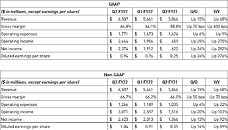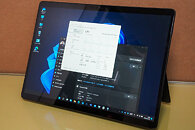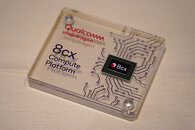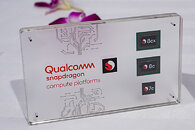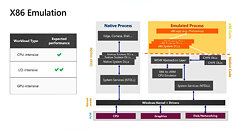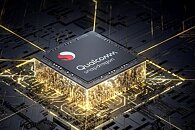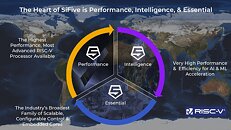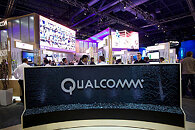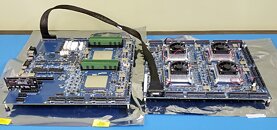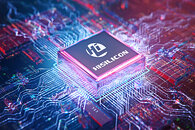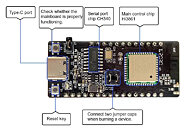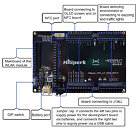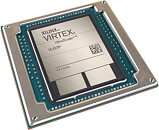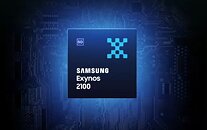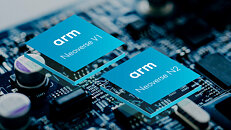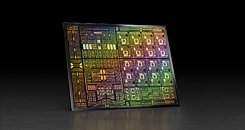
AMD "Stands Ready to Manufacture Arm Chips" According to CFO
AMD Chief Financial Officer Devinder Kumar has recently commented that the company "stands ready to manufacture Arm chips" if demand from business customers exists. These remarks were made at the Deutsche Bank Technology Conference held last week and build on comments made by CEO Dr. Lisa Su earlier this year confirming the companies willingness to create Arm chips. AMD has some experience creating Arm products with its K12 architecture which never reached market and their embedded microcontrollers such as the Platform Security Processors. While AMD hasn't confirmed if they have any current Arm projects underway there appears to be interest from customers which AMD is more than happy to fulfill. The pending sale of Arm to NVIDIA may complicate this if NVIDIA reneges on their pledge to continue Arm's open licensing system.






